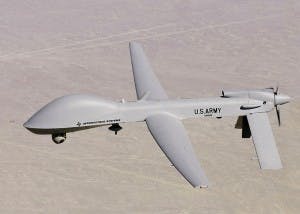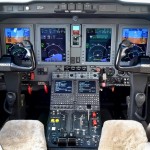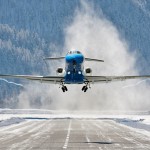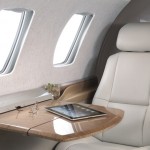Unmanned aircraft: Are the pilot’s days numbered?

It seems that civilian, pilotless aircraft could soon be a very real prospect in the skies above us, according to industry opinions at last week’s Unmanned Systems North America conference in Washington.
General aviation industry representatives there said that they accepted the inevitability of new, pilotless aircraft or as they are technically known, unmanned aircraft systems (UAS), though urged a cautious ‘go-safely’ approach.
Currently, unmanned aircraft in the US can operate only in restricted airspace or through certificates of authorization (CoA) issued by the Federal Aviation Authority (FAA) to public agencies. A proposed rulemaking governing the operation of small UAS (50 pounds or lighter) is also anticipated by December, with a final rule expected in mid 2013. In June, the FAA established an aviation rulemaking committee to consider allowing larger unmanned aircraft to fly in civil airspace.
Over the short, 100-year history of aviation, global advances have always been led by the military. Ballooning, radar, instrument landing systems have all been designed with a military purpose and then adapted for commercial, civilian use.
So this is likely to also be the case for pilotless planes. And with the major focus of investment in military fighters now on drones, does it follow that it is only matter of time before the flying public accept getting into a commercial airline or private jet aircraft with no pilot?
They already do this on the ground, every time they step on to London’s Docklands Light Railway or on airport shuttle services.
There are many reasons why a pilotless aircraft would be more efficient and, theoretically, safer than one with a pilot in the cockpit.
However for many passengers this would be a very big leap of faith in technology. There would need to be as much investment made in communicating safety to passengers as in the safety systems themselves – and this will take time and effort.
Pilots can probably rest easy for now, but it’s a fascinating area of innovation and one that will inevitably play a very real part in aviation’s future.
Related content

How our safety & service standards are evolving under OneSky

Can a private jet fly in the snow?



